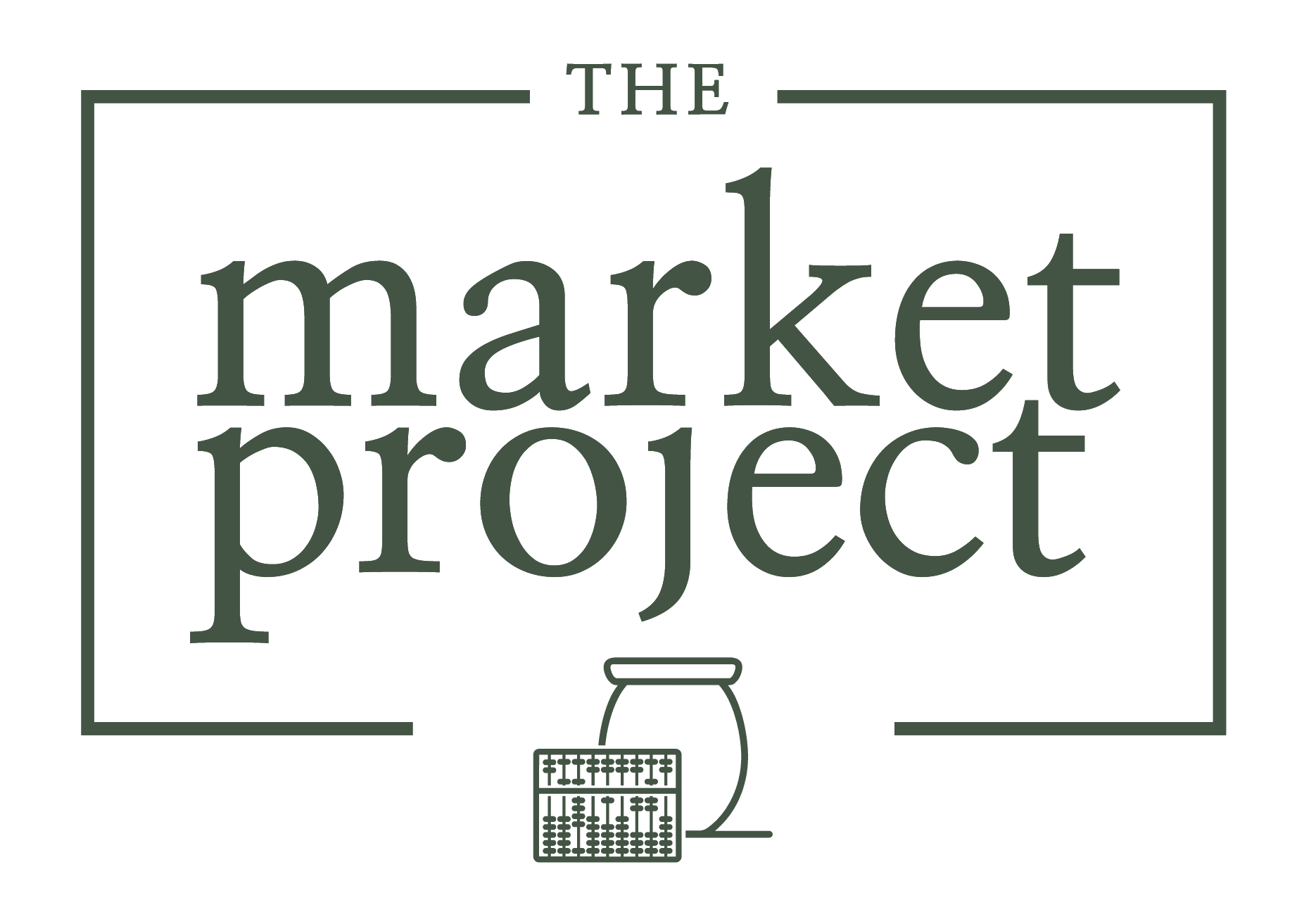THE HUMAN RIGHTS STRUGGLE OF OUR ERA: RESCUERS, HEALERS, ANALYZERS, AND PREVENTERS
Dorothy gives a lecture entitled “Human Trafficking Challenges in the 21st Century” to a mixed audience of students and professionals at Coastal Carolina University.
Let’s start with a story:
Imagine a large river with a high waterfall.
At the bottom of this waterfall, hundreds of people are working frantically trying to save countless individuals who had fallen into the river and plunged over the waterfall, many of them drowning.
Soon, the whole village was involved in the many tasks of rescue work: pulling them out of the stream, ensuring they were properly fed, clothed, and housed, and integrating them into the life of the village. While not all could be saved, the villagers felt they were doing well to save as many as they did.
They became exhausted.
One villager looks up, and seeing a seemingly never-ending stream of boys and girls, men and women, falling down the waterfall, takes off running upstream.
Another villager hollers in derision, “Where are you going? There are so many people that need our help here.”
To which the woman replied, “I’m going upstream to find out why so many people are falling into the river.”
Dorothy delivered a lecture entitled “Human Trafficking Challenges in the 21st Century” to a mixed audience of students, business professionals, and members of academia at Coastal Carolina University. The event was part of the annual “Great Decisions” program series, a grassroots organization dedicated to sparking conversations about pressing international issues.
The story we began with is meant to represent the tragic torrent of boys, girls, women, and men who are victims of the international human trafficking market.
The International Labor Organization estimates that the global trafficking industry is the second largest segment of organized crime, taking in more than $150 billion per year. That number is more than the combined 2014 revenues of Amazon, Google, and Ebay.
Dubbed the slave trade of our era, trafficking in human persons is one of the fastest growing industries in the world. Further, it is estimated that the average cost of a slave today is only $90. By comparison, the average cost of a slave at the height of the transatlantic slave trade was about $40,000 in today’s dollars.
The supply is abundant and demand is sky-high.
Traffickers, pimps, and the bosses of indentured workers deprive countless thousands per year their most vital freedoms.
Individuals who escape the deplorable industry are shattered by complex and pervasive trauma.
But the story doesn’t end there.
Dorothy shared the hope that arises as governments, individuals, and organizations fight to stop the global slave trade and work with victims to rebuild broken lives. Trafficked individuals are more than capable of finding peace, fulfillment, and freedom with the proper aftercare, support, and training.
Safe and meaningful work is fundamental in this process of rehabilitation. It is what Dr. Richard Mollica of Harvard Medical School calls “a psychological life raft, assuring the survivor that he or she is not completely helpless, that not all is lost.”
The Market Project seeks to launch market-researched, trauma-informed businesses that offer opportunities for safe work to men and women who have experienced trauma, exploitation, and trafficking. We seek to partner with care partners in the survivor’s transition from victimhood to independence.
Dorothy concluded with a challenge to the audience: “Rather than elevating the work of rescuing, preventing, or analyzing the problem to the highest priority, I would encourage you to think about how you might be involved in this major human rights struggle of our era. Some of us will be the rescuers, some the healers, some the analyzers, some the preventers… [as] part of the multi-generational, global effort to eradicate this injustice.”
Stay up to date on our impact
Join our email newsletter to hear stories of our work.
